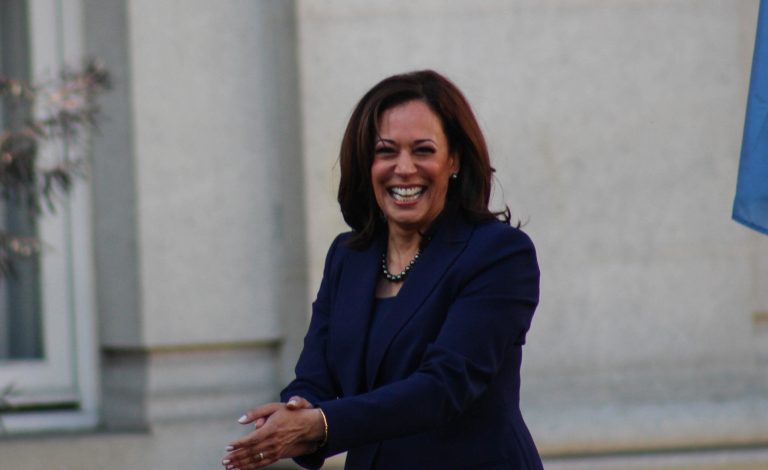The Venezuelan government, under Nicolás Maduro, expressed its deep discontent on Thursday following Brazil’s decision to block its admission into the BRICS group of emerging economies.
Caracas views this decision as a “hostile action” and a form of “aggression” against its interests, given that Venezuela has been striving for years to join this coalition.
In a formal statement, Venezuela’s Ministry of Foreign Affairs condemned the veto as a reflection of “hatred, exclusion, and intolerance fostered by Western powers” aimed at preventing the nation from being part of the organization.
Rising Tensions between Venezuela and Brazil within BRICS The statement continued, asserting that “this action represents an offence against Venezuela and adds to the unjust sanctions imposed on a brave and revolutionary people.
No scheme or strategy aimed at undermining Venezuela will change the course of history.”
Additionally, Nicolás Maduro’s administration claimed to have received support from other countries at the summit in Russia, for moving forward with Venezuela’s integration into this initiative.
Brazil’s government, under Lula da Silva, was one of the strongest allies of Nicolás Maduro in Latin America, but recently it has shown concern over human rights in Venezuela and a strong stance against the outcome of the July elections in the country.
All this raises questions about Venezuela’s political and economic future, if Maduro continues in power and if the United States decides to strengthen the sanctions against the country.
Energy dynamics: Brazil’s position on Venezuela joining BRICS
Brazil’s energy landscape, largely driven by its hydrocarbon resources, plays a significant role in its hesitance toward Venezuela’s entry into the BRICS group.
Over the past ten years, Brazil has seen a remarkable increase in oil production, soaring by 64% to exceed 3.6 million barrels per day by the end of last year.
However, in 2024, there has been a slight drop to about 3.4 million barrels per day.
Despite this minor decline, Brazil remains the leading crude oil producer in Latin America.
In stark contrast, Venezuela has experienced a steep decline in its oil production, plummeting approximately 65% from over 2.7 million barrels per day to around 943,000 barrels per day.
This significant decrease has resulted in Venezuela losing its long-held position as the region’s dominant oil producer, as noted by local media Petroguía.
On the commercial side, Brazil has dramatically increased its crude oil and derivative exports to the United States, multiplying its volume fourfold over the decade.
As of late 2023, these exports peaked at 400,000 barrels per day, securing Brazil’s place among the top five oil suppliers to the US—a list that includes Canada, Mexico, and Saudi Arabia, putting it in direct competition with Venezuela.
BRICS more about geopolitical strategy than economic benefits?
Economist Henkel García from Econométrica suggested in a previous Invezz report that Venezuela’s pursuit of BRICS membership was more about geopolitical strategy than immediate economic benefits.
He noted that the focus appeared to be on gaining support from BRICS nations to strengthen alliances amidst shifting global dynamics.
García also pointed out that geopolitical manoeuvres, such as aligning with countries at odds with the US, such as Russia or North Korea, could have significant ramifications beyond mere economic considerations.
Meanwhile, Venezuelan economist Alejandro Grisanti was sceptical about the practical benefits of BRICS membership for Venezuela.
He argued that BRICS members are characterized by their large economies and populations, criteria Venezuela does not meet.
Grisanti compared Venezuela’s economy to that of the Dominican Republic and its population to that of Panama and Costa Rica, questioning the potential economic impact of joining BRICS.
Venezuela’s push to join BRICS, driven by its oil reserves and strategic alliances, highlights a complex interplay of geopolitics and economic aspirations.
This indicates that whether or not Venezuela joins the BRICS will not result in a big economic shift.
It also implies that for Venezuela to enhance its investment and overall economic landscape, the country must first resolve its political crisis.
A closer look at Brazil-Venezuela political relations
Political analyst and electoral consultant Aníbal Sánchez explored the complex factors influencing the relationship between Brazil and Venezuela.
He pointed out the potential for stronger ties between the two countries, particularly with former President Luiz Inácio Lula da Silva stepping in as a mediator.
Sánchez also discussed the challenges arising from Brazil’s recent political decisions, especially in light of its role in the BRICS group.
He emphasized the intricate mix of issues at play, including territorial disputes and Brazil’s support for different factions within Venezuela.
In this shifting diplomatic landscape, the Brazilian Foreign Ministry’s approach within BRICS highlights the essential nature of mutual trust among neighbouring countries.
Sánchez notes that the erosion of trust due to unfulfilled commitments following the Venezuelan elections has impacted Brazil’s decision-making and its ongoing resistance to Venezuelan policies.
As Brazil and Venezuela turn over a new leaf under President Lula da Silva, there are clear signs of efforts to mend diplomatic relations on the global stage, indicating a shared goal of promoting stability and cooperation in the region.
Sánchez highlights that Brazil’s interests go beyond just oil, reflecting a wider dedication to regional stability and strategic positioning while navigating these complex dynamics.
At the BRICS summit held in Kazan, the Venezuelan government voiced its condemnation of Brazil’s decision to block its entry into the group, describing the action as “aggression and a hostile gesture” in an official statement.
“At the same time, President Maduro was busy engaging in strategic discussions with Iranian official Masoud Pezeshkian, aiming to negotiate bilateral agreements focused on oil, mining, and healthcare, while underscoring a narrative of strong solidarity with Tehran”, said Sánchez.
In a display of support, Russian President Putin praised Venezuela as a reliable and longstanding partner in both Latin America and the broader global context.
During meetings with notable leaders such as China’s Xi Jinping, India’s Narendra Modi, and Turkey’s Recep Tayyip Erdoğan, President Maduro emphasized Venezuela’s role as a key ally outside Western influence, showcasing its potential as a significant energy player.
This diplomatic shift places Venezuela on a unique political path that sets it apart from other South American nations like Argentina or Panama.
It appears to be moving toward closer ties with Mexico and Colombia, thanks to its advantageous geographic position on the continent.
These developments raise important questions about the foreign policy strategies of the incoming US administration, prompting a need to rethink priorities related to national interests, especially in light of issues such as uncontrolled migration and fluctuating fuel prices.
The post With BRICS closing doors on Maduro, is there hope for Venezuelan economy? appeared first on Invezz










